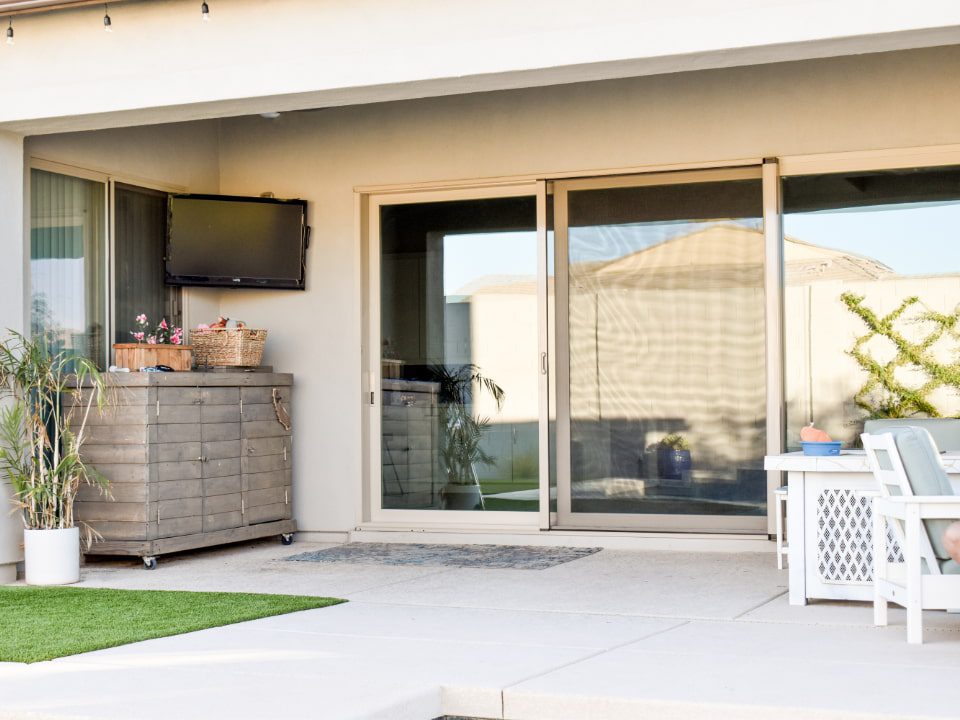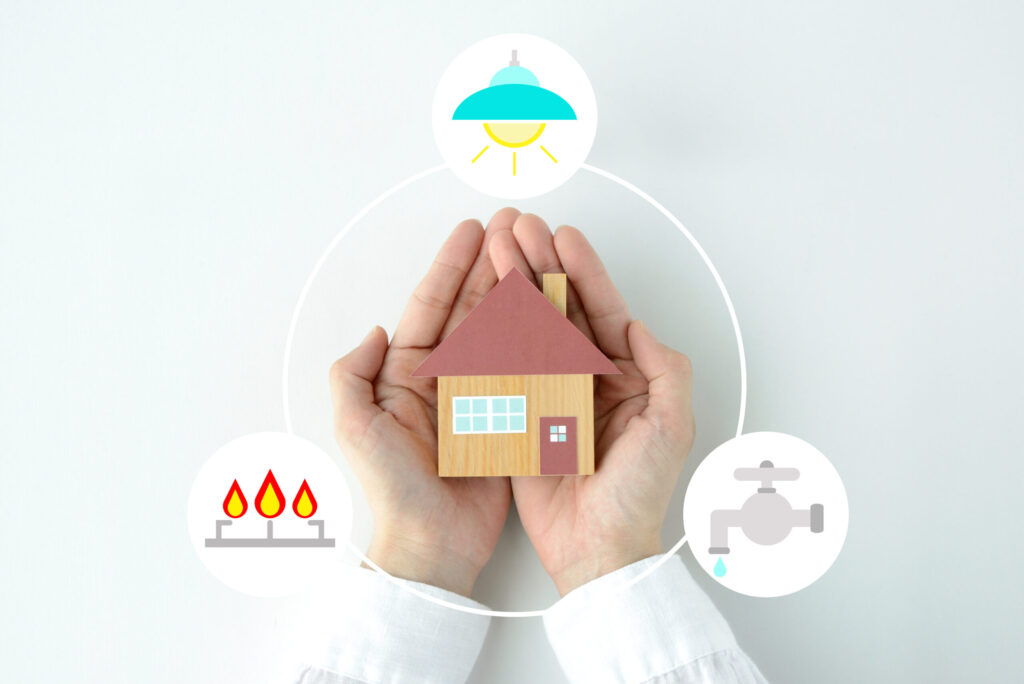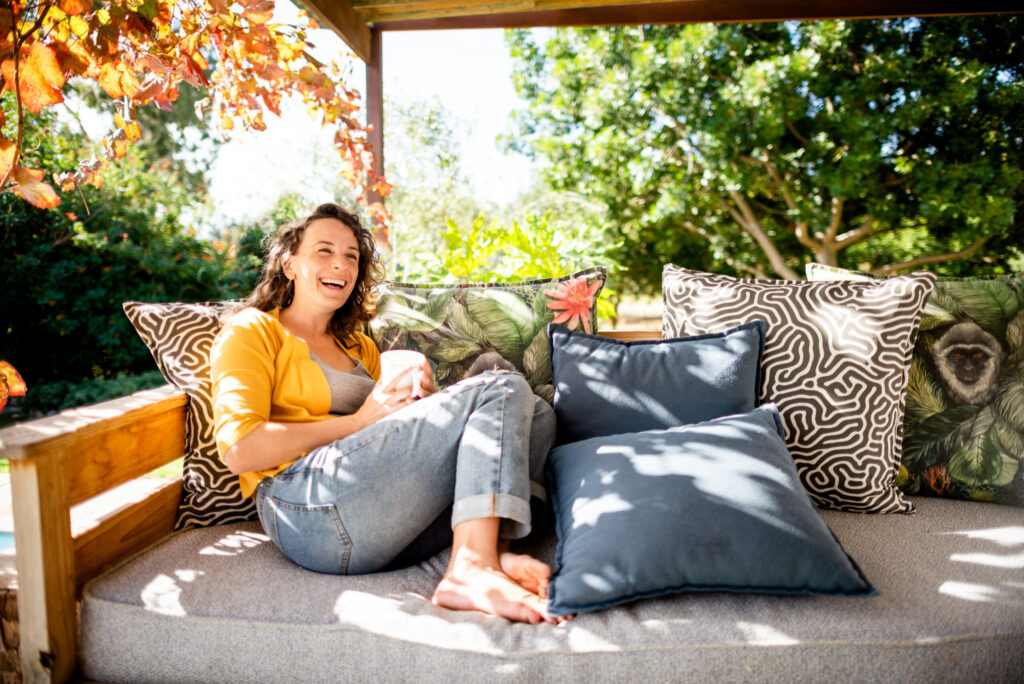Different Types of Screens for Large Openings
Home > Different Types of Screens for Large Openings
What You Need to Know About Large Screens
Large openings can be difficult to manage, they are a complete free-for-all for mosquitos and other bugs while also being difficult to cover or shade from the weather. They are also relatively more complicated to install as larger spaces mean different dynamics in terms of holding up the screen, access or moveable sections, and how it looks compared to the rest of the house. However, screening off a large opening can deliver a whole range of benefits for yourself, your family and your home. Here are some important considerations to keep in mind:
Opening Up a Larger Living Space:
Screens for large openings can completely transform the outside spaces of your home, from very seasonal or time-of-day-dependent to 3-season or year-round living areas. As opposed to smaller screens on windows or doors, screens for large areas can create significant space around your home that’s free of bugs and relaxing to enjoy. What’s more, the right kind of screen can also give UV and other weather protection to the furniture and decoration there.
Choosing a Style That Works:
Another important consideration of screens for large openings is that they are very noticeable. A poor job or colors and materials that don’t match your home will stand out, and you’ll have to see them every day. Take the time to talk to a professional and have a good look at what works best for your own personal taste as well as the functionality of screens for large openings.
Quality Considerations:
Naturally, screens for large openings will have a lot more area and material than smaller screens, which means there is a much greater chance of wear and tear. Add pets into the mix, and that’s almost a given. While it is common to have your screen repaired relatively regularly, choosing a long-lasting material from the initial installation phase will keep your large screen functioning as intended for longer.
Mind the View:
Another aspect to keep in mind when deciding on any screens for large openings is what things will look like from the inside looking out and vice versa. You might be in a very scenic or picturesque area and used to gazing out across nature from your home’s windows, so you’ll want to ensure that you use screen material that won’t affect that. On the other hand, the space you’re screening in may face onto the street, so you’ll probably want to pick a material that diminishes vision from the outside in.
With those considerations in mind, let’s take a look at some of the different types of screens for large openings that are commonly installed.
Different Types of Screens for Large Openings
Retractable Screens
One of the most common screens for large openings due to their simple design. Basically, the screen rolls out from a compartment on the top side of the opening, with the user able to pull the screen down fully or leave it at an adjustable height. Retractable screens are popular for their great versatility. They can be operated manually or motorized and can cover spaces over 40 feet, making them excellent screens for large openings. They are also very convenient and easy to use; just pull them down when you need them, either for sun or bug protection, and put them back up when you don’t.
Bi-Fold Screens
Bi-fold screens are a configuration of connected screen panels that are hinged in the middle, allowing them to completely fold back on themselves, opening up the space entirely. They are excellent screens for large openings as they allow you to maximize the natural light and airflow into the space when you want it and take up less space when put away than some other types of installations. Even though they are for large openings, they are quite easy to maintain as any damage to one panel will only require that to be repaired rather than an entire 40-foot screen.

Sliding Screens
Sliding screens for large openings involve installing two tracks at the top and bottom of the opening (the floor-level one is almost always sunken). These tracks allow the screens to be pulled open or brought together as needed. Different configurations also allow customization, such as tilting the to let in air but not sunlight. Space-saving designs can include the sliding screens going all the way back into the wall cavity while in terms of energy efficiency, using materials that block heat transfer means you can save on your a/c bills in summer and heating bills in winter.

Accordion Screens
Accordion screens are made with a very fine screen mesh which expands to cover the opening needed but can also retract very easily into the door jamb, where they’ll only take up a few inches of space. The concept of accordion screens for large openings, though using much thicker material, has been around for centuries, but modern technology has allowed the screens to deliver full functionality, that is, protecting your outdoor space from bugs and the sun’s rays, without compromising vision or airflow. Accordion screens are lightweight and easy to manage, so can be quickly expanded or retracted without much effort.

Panel Screens
For spaces such as porches or verandas that already have to cover up to waist height, panel screens can be fitted to screen off the rest of the area, stopping mosquitos but still allowing the air to flow and light to come in. Panel screens for large openings also come in floor-to-ceiling configurations, but it’s less common. The great thing about panel screens is that they are hugely customizable, allowing all kinds of different materials depending on your needs and the look you are going for. Panel screens can also be custom-made to fit virtually any space, so you don’t have to worry about any awkward angles or things not fitting right.

Conclusion
Even very large spaces can be screened off, allowing you and your loved ones to relax and enjoy the fresh air outside without the bugs and high sun that would otherwise come with it. When choosing screens for large openings, it’s important to consider how the style will fit your home, as it’ll be a major visual aspect of your house. The type of screen that you choose will come down to your personal taste but also the space available and your needs.
Bi-fold screens and accordion screens can be opened across your space opening horizontally or pushed back into the door jamb or wall cavity to completely open it up. Retractable screens are generally ceiling-to-floor and can be pulled down vertically as far as required while sliding screens can also be customized to adjust position when set in place. Panel screens have less mobility but can be custom-built to fit whatever space you need.
Before starting the process of installing screens for large openings, it’s always good to talk with the experts and at Screenmobile, we love helping our customers to find exactly the right solution for their own personal style and requirements. For a free no-obligation consultation, you can find your local Screenmobile operator here.
We are America's Neighborhood Screen Stores®
Request a Free Estimate
Complete the form below, and we will contact you to arrange a free estimate for your home.
Screenmobile.com uses cookies to improve your experience on our website. These cookies help analyze our site traffic, understand where our visitors are coming from, and may share your information with partner companies. By browsing our website, you agree to our use of cookies. Learn More.
Don’t Miss Our Latest News and Ideas for Your Home
Use the button below to sign-up for our newsletter.




